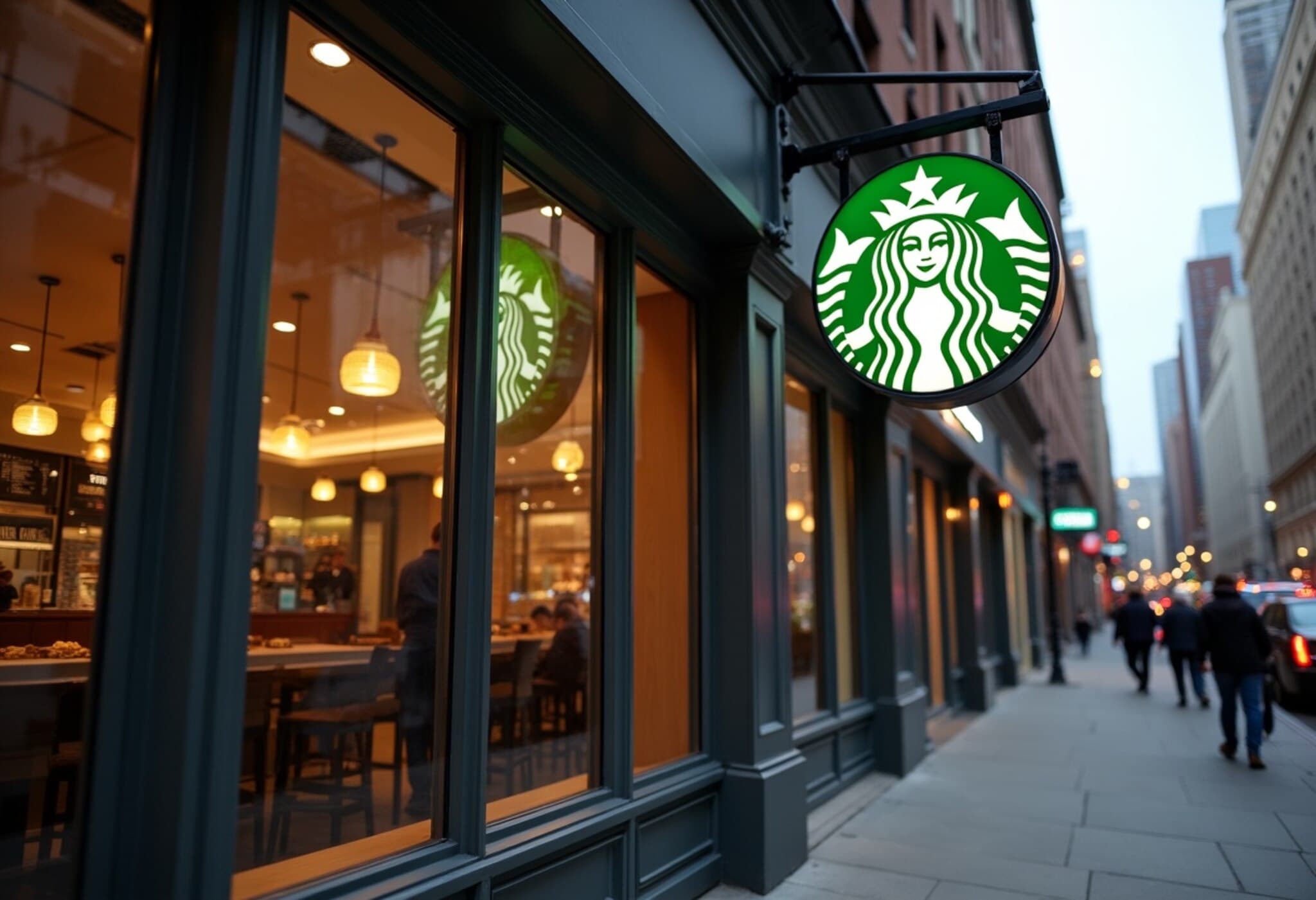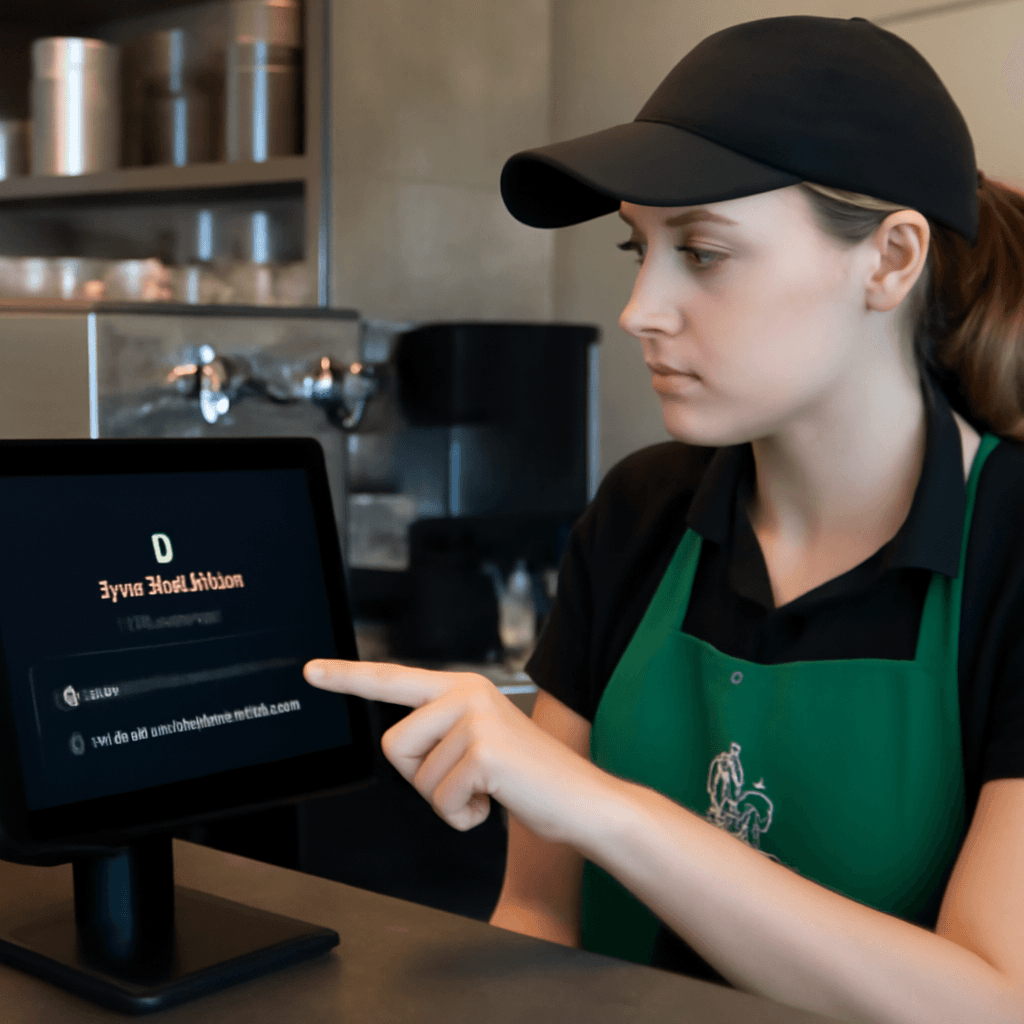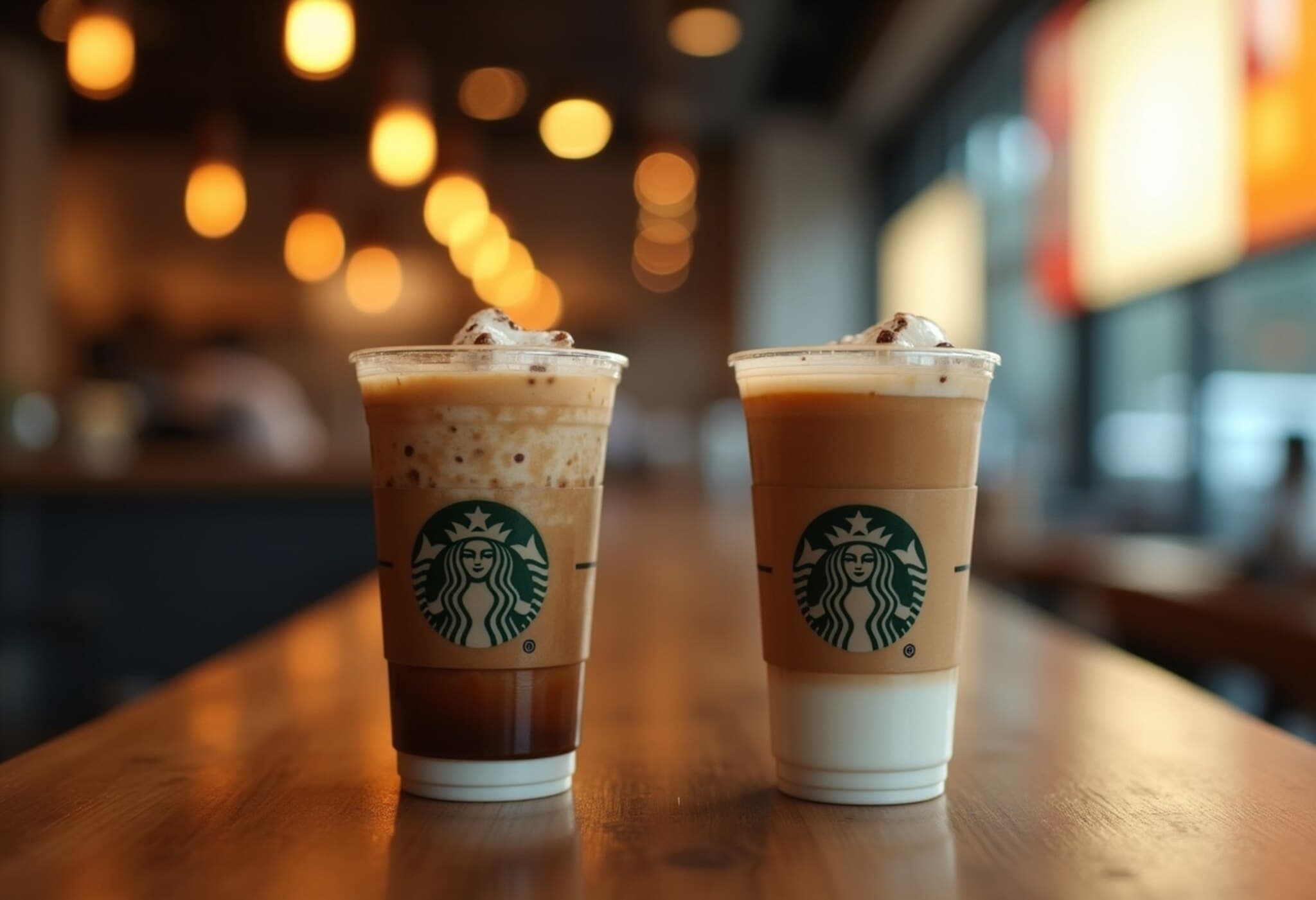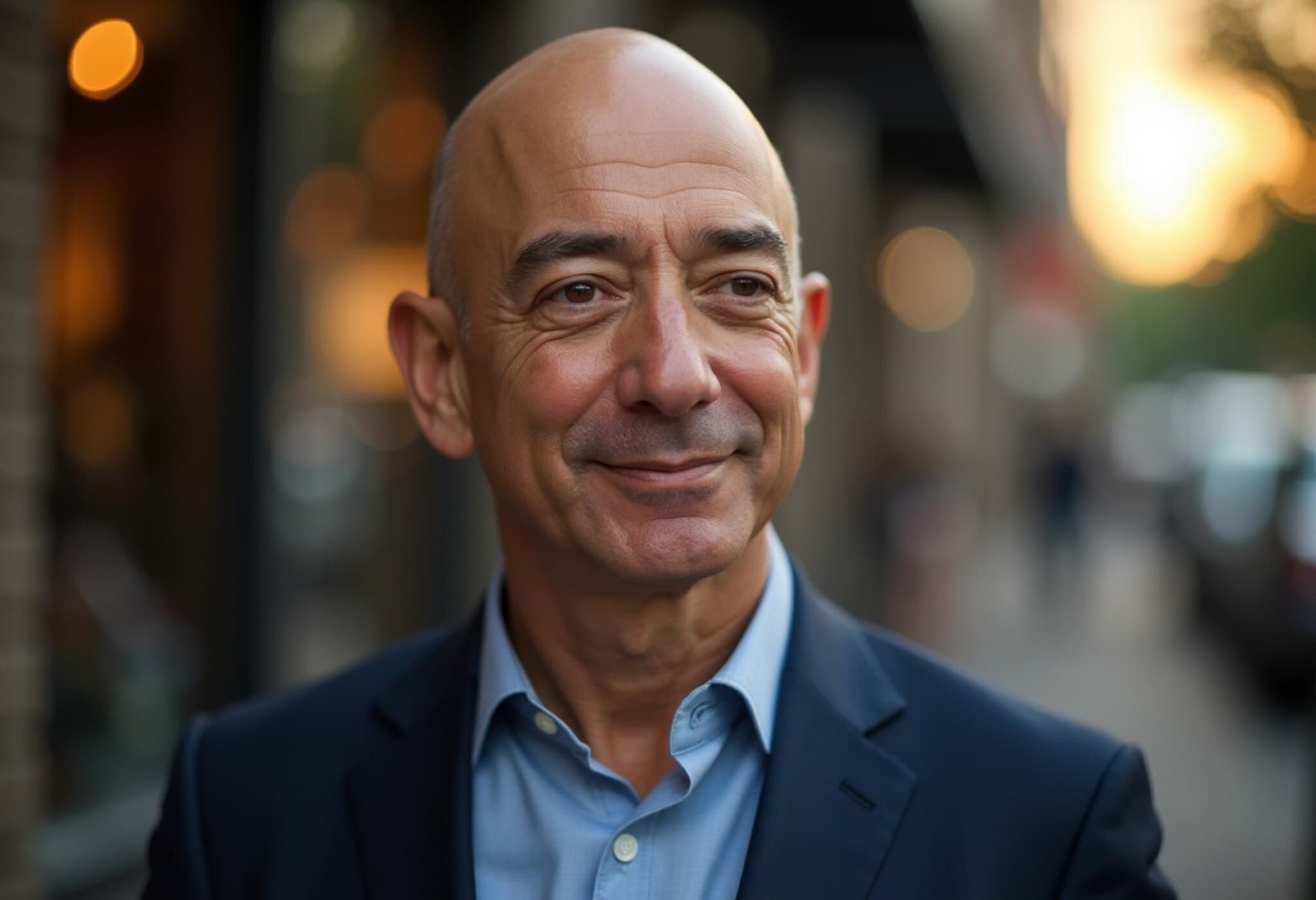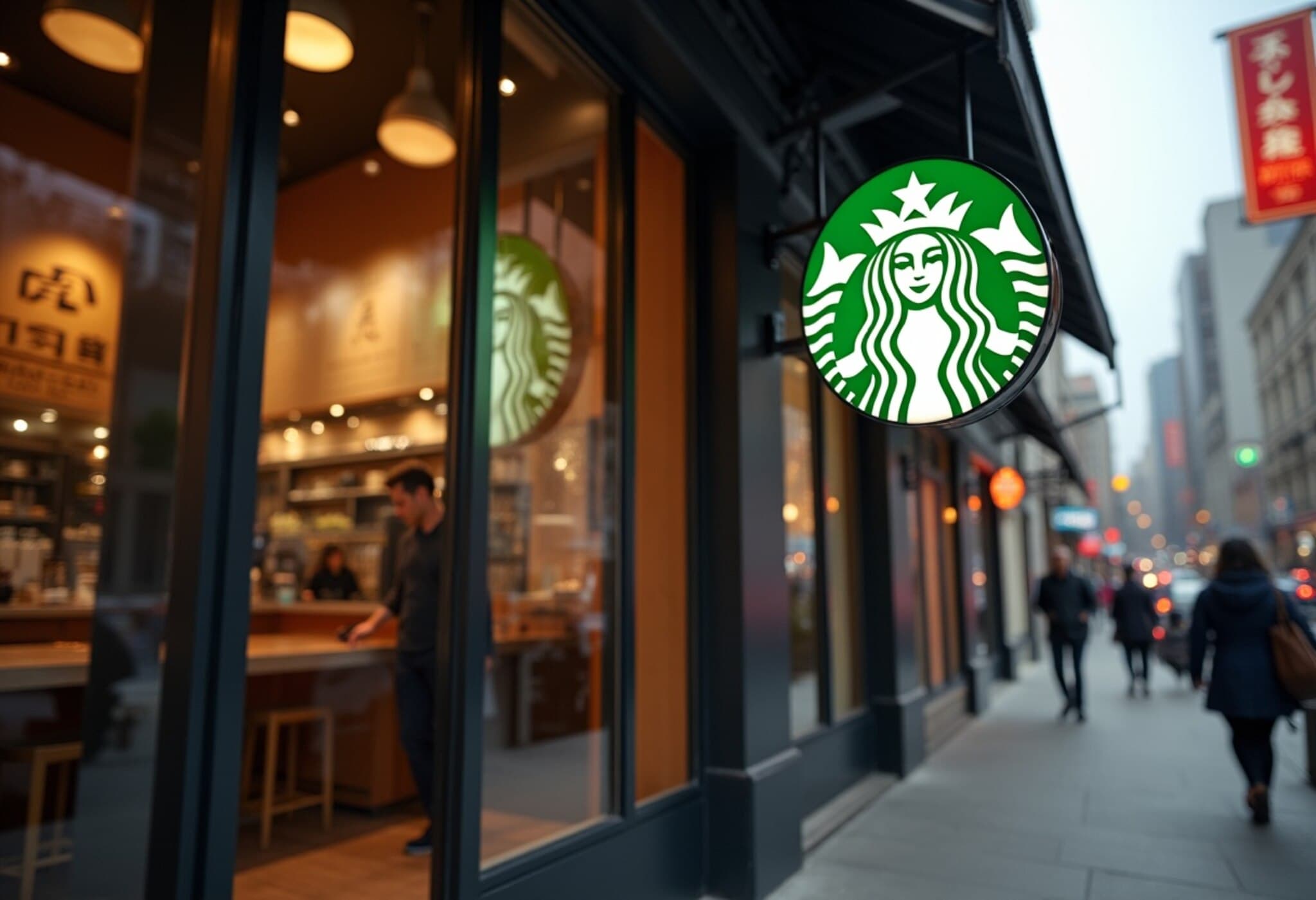Starbucks' Turnaround Shows Early Promise Despite Financial Setbacks
Starbucks recently announced its fiscal third-quarter results, revealing a mixed bag of outcomes that have caught the attention of investors and industry watchers alike. While the coffee giant missed Wall Street's earnings expectations and posted its sixth consecutive quarterly decline in same-store sales, nuanced details from the earnings call suggest the brand’s recovery is slowly but surely taking shape.
Wall Street’s Focus Shifts From Results to Recovery Indicators
Wall Street analysts, traditionally laser-focused on headline numbers, have lately tuned into Starbucks’ strategic signs hinting at future momentum. William Blair analyst Sharon Zackfia elaborated, “The emphasis for Starbucks’ third quarter wasn't so much the shortfall in results but more on encouraging signs about the pace of recovery moving forward.” This perspective underscores a fundamental shift in investor sentiment—from impatience over underwhelming metrics to cautious optimism based on operational improvements.
Turning the Tide: What the Numbers Say
- Earnings Miss: Starbucks fell short of analysts’ earnings forecasts for Q3.
- Same-Store Sales: Declined for the sixth quarter in a row, signaling continued challenges.
- Traffic Improvement: Sequential monthly increases in customer visits throughout the quarter, a positive indicator of growing footfall.
- Growth Among Non-Rewards Customers: Historically shrinking, this segment is starting to show upward movement, an important metric since these customers have been pivotal to recent sales softness.
Operational Revamps Underpinning the Recovery
CEO Brian Niccol has been candid about Starbucks' transformative approach, emphasizing an accelerated rollout of labor reforms and technological upgrades. Analyst Logan Reich of RBC Capital Markets called these developments "green shoots getting greener," highlighting the surprising ahead-of-schedule turnaround.
One of the core pillars involves creating a warmer, faster, and more welcoming in-store experience. Labor program changes aim to balance customer satisfaction with operational efficiency, addressing longtime employee concerns while enhancing service speed.
Innovation Drives Future Growth
Looking ahead to fiscal 2026, Starbucks plans to roll out new menu innovations including protein-infused cold foam and enhanced food selections. Andrew Charles of T.D. Cowen expressed growing confidence in Starbucks’ innovation agenda, believing it will strengthen same-store sales and rejuvenate the brand’s appeal.
Investor Sentiment: Patience Tested Amid Delayed Rebound
Despite the upbeat operational progress, not all investors are comfortable with the pace of Starbucks' comeback. Some had anticipated a quicker recovery in sales growth and remain cautious about the timeline. This mixed sentiment was reflected in a dip of over 1% in Starbucks' stock during Wednesday's morning session, despite an earlier after-hours surge.
Currently, Starbucks is trading with a market capitalization near $104 billion and has seen a modest year-to-date decline of about 1%, indicating a tempered but ongoing market interest.
Expert Takeaways: What This Means for Starbucks and the Broader Market
From a broader economic perspective, Starbucks’ trajectory exemplifies the challenges established retailers face amid shifting consumer behaviors, inflationary pressures, and evolving technology landscapes. The company’s commitment to investing in employee satisfaction and menu innovation resonates with broader US labor market trends and the experiential economy.
Moreover, Starbucks' slow recovery highlights a fundamental truth in retail and hospitality sectors: turnarounds often demand patience, especially when rebuilding trust with non-loyalty customers and adapting to changing consumer expectations.
Editor’s Note
Starbucks’ latest quarterly report underscores the complexity of corporate turnarounds in today’s volatile marketplace. While headline numbers may disappoint in the short term, the incremental improvements in customer traffic and strategic enhancements could signal a more sustainable recovery.
Questions remain: Can Starbucks accelerate its comeback before competitors tighten their grip? Will innovations resonate enough with evolving consumer preferences to spur robust sales growth? For investors and consumers alike, tracking these developments will be key to understanding Starbucks’ future direction.

